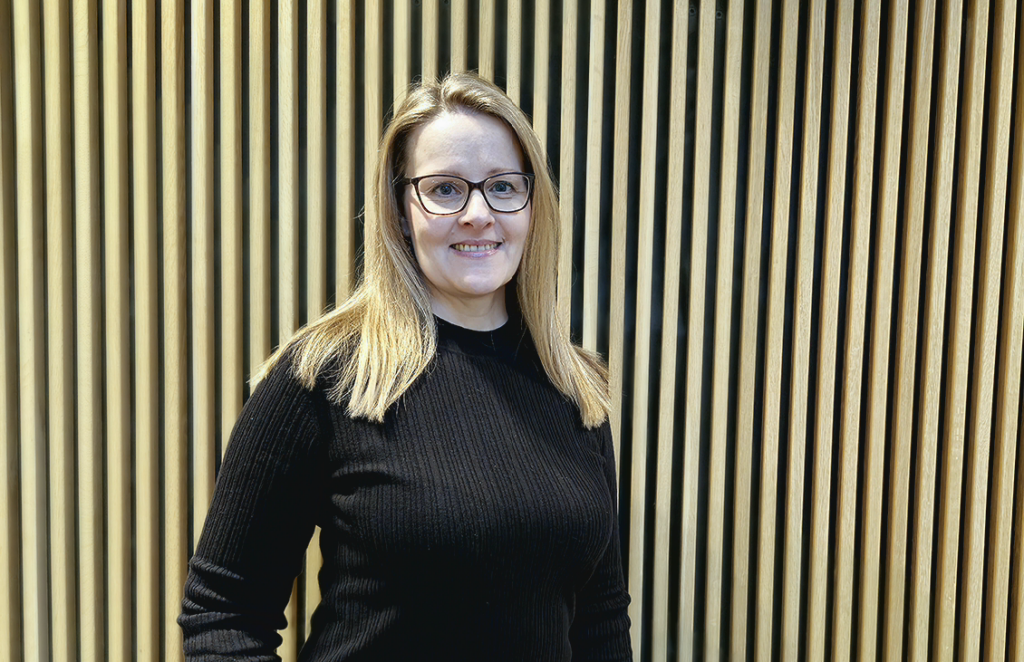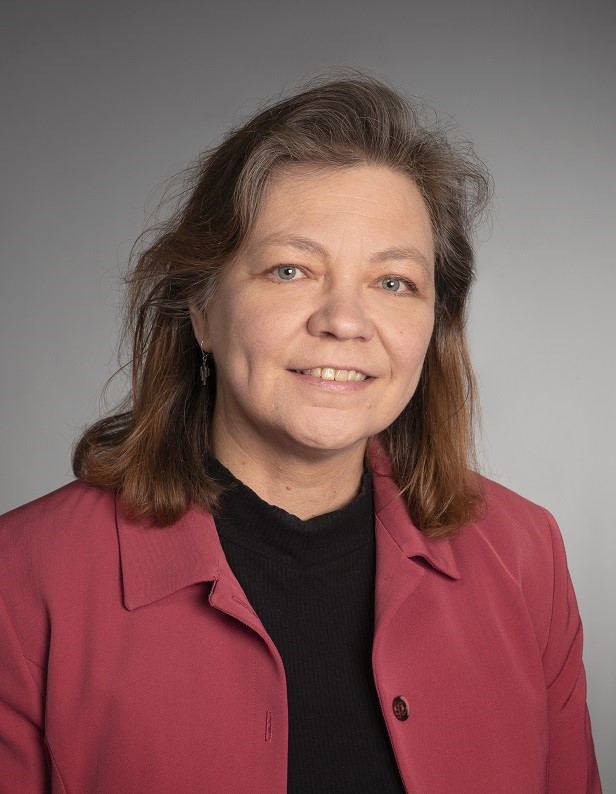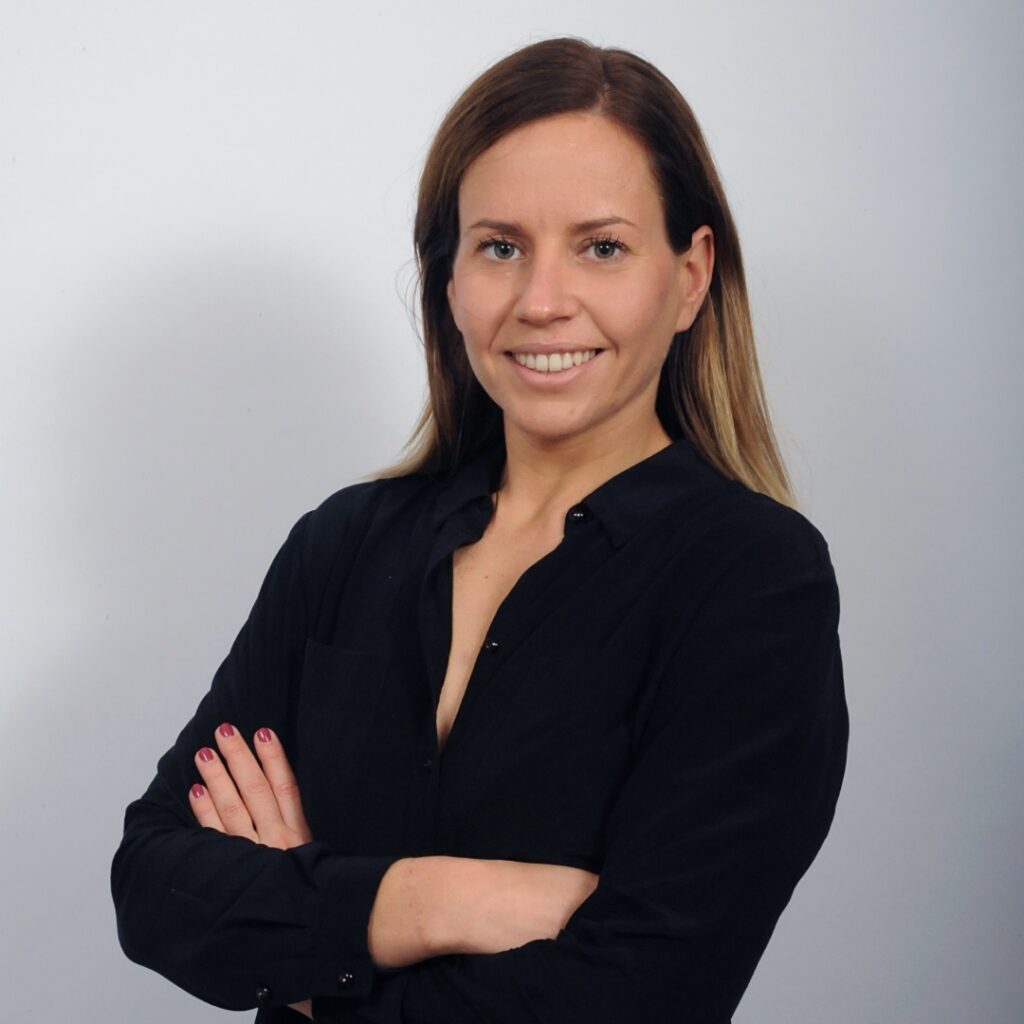11 February 2025
On February 11th, the world comes together to celebrate the International Day of Women and Girls in Science. This day, established by the United Nations in 2015, recognizes the critical role women and girls play in science and technology. It’s an opportunity to highlight their groundbreaking contributions, address the challenges they face, and inspire the next generation to pursue careers in STEM (Science, Technology, Engineering, and Mathematics).
Science has long been a driving force behind human progress, and women have played a pivotal role in shaping this journey. Yet, historically, their contributions have often been overlooked or underappreciated. Today, as we celebrate this important day, we acknowledge not only the achievements of women scientists throughout history but also the ongoing need to create inclusive environments where talent, irrespective of gender, can thrive.
Why this day matters
Promoting gender equality in science isn’t just a moral imperative—it’s essential for innovation. Diverse teams bring unique perspectives, foster creativity, and drive better decision-making. Moreover, as global challenges like climate change, energy transition, and sustainable development demand interdisciplinary and inclusive solutions, the contributions of women scientists are more crucial than ever.[JD1]
Women Scientists and Their Groundbreaking Discoveries
History is rich with examples of women whose discoveries have transformed our understanding of the world. Here are just a few:
- Marie Curie (1867-1934): The first woman to win a Nobel Prize, and the only person to win it in two different sciences (Physics and Chemistry), Curie’s work on radioactivity laid the groundwork for cancer therapies and modern physics.
In fields related to energy and sustainability, women continue to make transformative contributions:
- Esther Takeuchi (b. 1953): A key figure in battery development, particularly in medical devices like implantable defibrillators, her work revolutionized energy storage solutions and continues to influence advancements in sustainable energy technologies.
- Mária Telkes (1900-1995): Known as the “Sun Queen,” she was a pioneer in solar energy technology, designing one of the first solar-heated homes.
Women in Science at NEXTBAT
At NEXTBAT, we’re proud to work alongside talented women who are shaping the future of sustainable battery technologies. Our mission to innovate energy storage solutions is driven by a collaborative spirit and the expertise of our diverse team. Let’s meet the incredible women contributing to our project:
Kaisa Vehmas – Senior EU Project Specialist at VTT Technical Research Centre of Finland Ltd.
Working in the field of science allows me to contribute to significant advancements and collaborate with international partners, which is both inspiring and fulfilling.

“Since 2002, I have held various roles at VTT, including Research Trainee, Researcher, and Senior Scientist, with my research focus evolving from printing and media research, digital transformation to user centric studies dealing with user experience and customer understanding. In my current role, I manage and support EU-funded projects, including NEXTBAT, ensuring their successful execution and alignment with organizational goals. My passion for research and development, coupled with VTT’s collaborative approach with industry, academia, and public sector partners, drives my commitment to advancing innovative solutions that address global challenges.”
Tuula Hakkarainen – Principal Scientist and Project Manager at VTT Technical Research Centre of Finland Ltd
It is inspiring and rewarding to create new knowledge and understanding which can be utilized in practical applications.

“My name is Tuula Hakkarainen. I work as a Principal Scientist and Project Manager at VTT Technical Research Centre of Finland Ltd which I joined in 1994. I am a fire researcher, focusing on fire performance of materials and products for buildings and vehicles. In 2002, I received D.Sc. (Tech.) degree. My dissertation dealt with fire safety assessment of construction products. My role in NEXTBAT is to contribute to the analysis of fire test results, to ensure the fire safety of battery prototypes developed in the project and to support the roadmap toward certification. I am a researcher because I enjoy problem solving, using my brain and scientific research methods. “
Dina Giakoumi – Project Manager in the Lithium R&D Department at Sunlight Group
Through groundbreaking projects like BATTwin, we are forging stronger European collaborations, creating synergies that accelerate technological advancements and drive the future of sustainable energy solutions.

“I am Dina Giakoumi, Project Manager in the Lithium R&D Department at Sunlight Group. I lead EU-funded projects like NEXTBAT, ensuring seamless execution and strategic alignment with our vision: Transforming energy storage solutions to power a sustainable tomorrow. With a background in mechanical engineering and extensive experience in mechanical design, manufacturing, thermal analysis, project management, and feasibility studies, I am passionate about driving innovation. Before joining Sunlight, I spent 8 years at CERN, one of the world’s leading R&D centers, where I honed my expertise in cutting-edge research and technology. Now, I apply this knowledge to the industrial R&D sector, leveraging advanced methodologies to enhance efficiency and accelerate progress.”
Looking Ahead
As we celebrate the International Day of Women and Girls in Science, let’s remember that empowering women in STEM isn’t just about equity—it’s about progress. By recognizing and supporting women’s contributions, we pave the way for a brighter, more innovative, and sustainable future.
At NEXTBAT, we’re committed to fostering an inclusive environment where talent can thrive. Together, we can inspire the next generation of women scientists and ensure that their voices are heard loud and clear.
